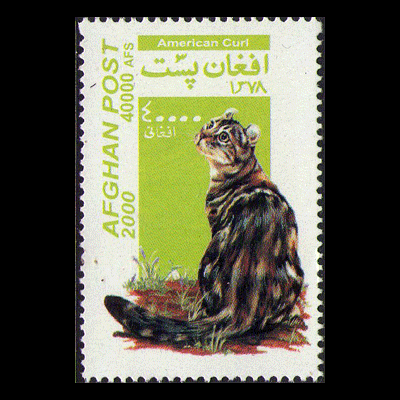
Enteral nutrition: options and feeding protocols
Different methods of enteral feeding for cats and dogs
source: Philippa Yam and Clare Cave
In Practice vol 25 no 3, March 2003
starts p118, 9 pages long
Cats and dogs can be helped to survive ailments better if they have nutritional support. Malnutrition can affect healing by impeding tissue repair, and affecting the pet's immune system. Generally, pets that have not eaten for 48 hours, or which have eaten under half their normal intake of food for over three days can be classed as suffering from anorexia. The pet's condition and bodyweight are important. Pets that have lost over 10% in weight for reasons other than dehydration may need nutritional support.
There are a number of different ways in which food can be given, and which is the best choice depends on a number of factors, such as how long the pet is likely to need support, and whether or not the pet is in hospital. One short-term solution is to use oral/syringe feeding, which can be messy, and may not provide all the calories that the pet needs, especially in the case of large dogs. It can also lead to food aversions, and a serious possible complication is aspiration pneumonia.
Another short-term measure is feeding through a nasoesophageal tube, generally used for between three to seven days. The pet does not have to undergo a general anaesthetic to have such a tube inserted. This method is unsuitable for some pets, for example if they are unconscious, vomiting, or have respiratory problems. There is a risk that the tube could accidentally be placed in the trachea, which could be fatal, so a test for position is needed prior to each feed, for example, using sterile water. This will make the pet cough if the tube is in the wrong place. Pets should be in hospital if this method is used. The tube may also become blocked if it is not flushed after feeds. Cats, especially, may become depressed when fed by this method. Too much food at once, or chilled food, can also lead to vomiting.
Oesophaostomy tubes are used in the short and medium term. Again, they are unsuitable for some pets, for example if they are vomiting. Again, the tube can become dislodged, and this is especially true when cats are fed by this method. Tube blockage may also be a problem, but is less likely than with nasoesphageal tubes since the diameter is larger. This larger diameter also means that the pet is not restricted to a liquid diet, which is the case with nasoesophageal tubes. The insertion site needs to be kept clean to prevent infections, and should be checked every day.
Gastronomy tubes are used for the medium and long term, and are wide, so pets can be fed non-specialist diets. A general anaesthetic is needed to insert them. Pets should not be fed for 24 hours following the insertion of the tube, because of the risk of peritonitis. Pets should be checked for signs of pain, pyrexia or depression, and feeding should be halted straight away if there is any suspicion of peritonitis. The article examines enteral feeding in further detail, including how to calculate the amount of food that a pet may need.
CA,HD


